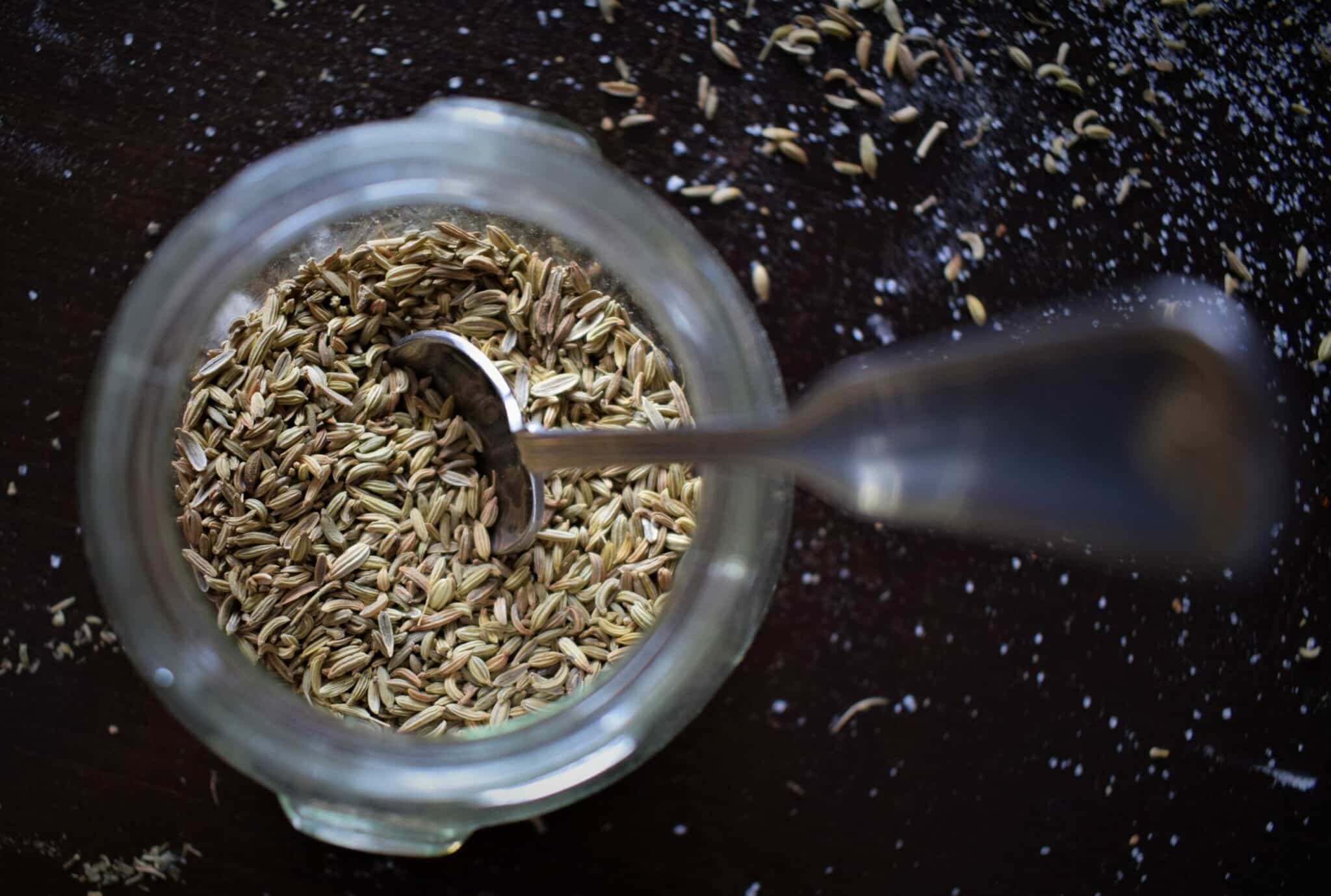Suppose you want to take your cuisines to the next level when it comes to the spice and flavor of your dishes. Cumin is a tasty addition to any dish, and it also has some health benefits.
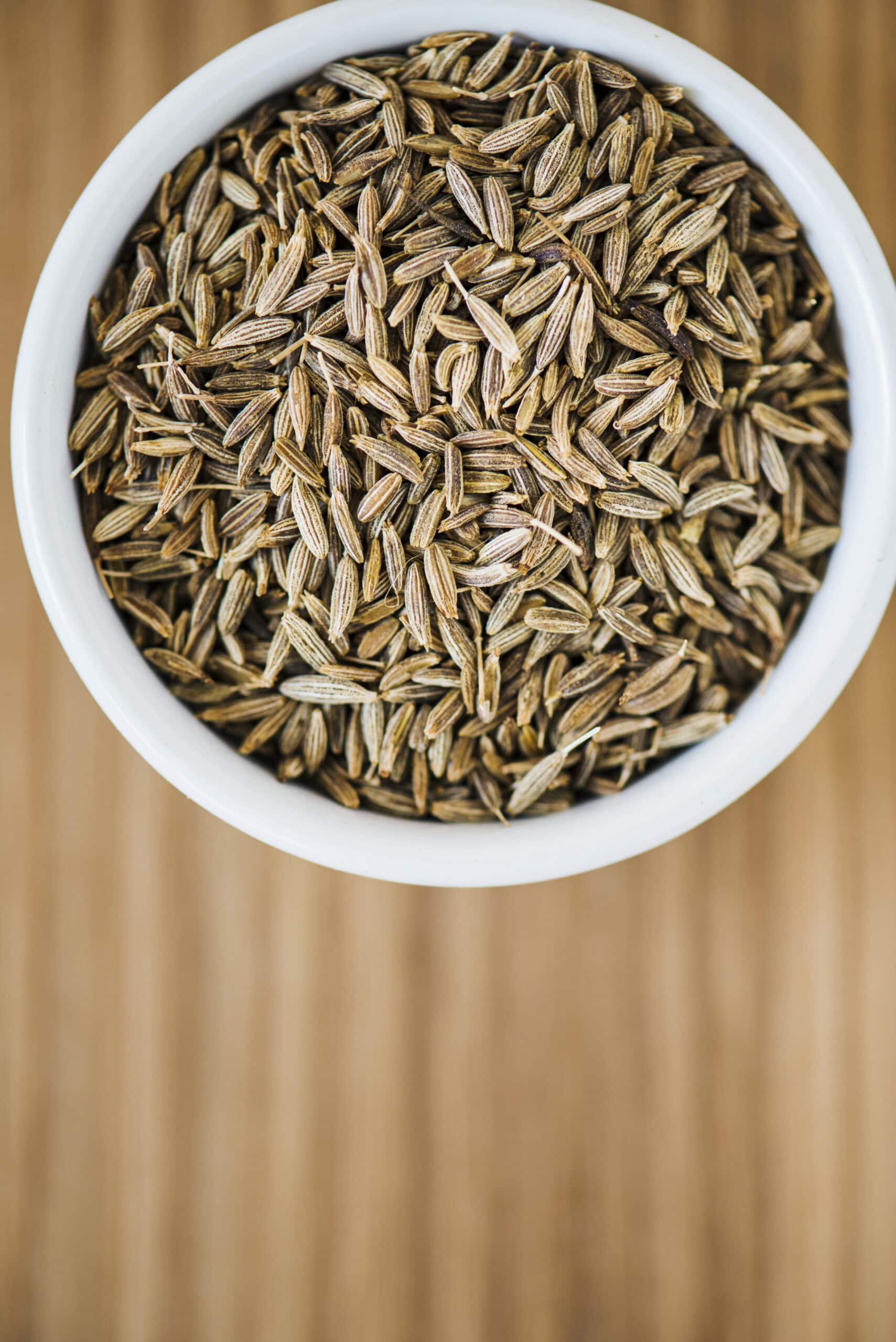
Cumin spice nutrition facts
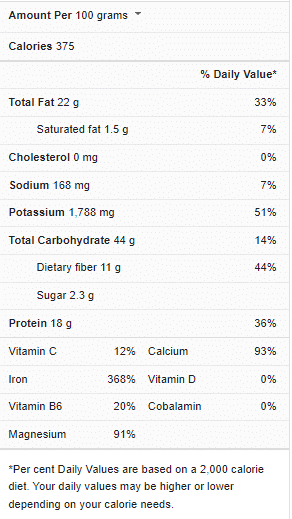
This aromatic seed is a staple in American and worldwide cuisines. Plus, cumin is one of the most common flavors in chili powder and taco seasoning. But there’s a lot more to it than that. Cumin has been used for a variety of uses throughout its ancient history.
Raed on to learn more about the essential use of cumin spice and recipes you can utilize it in. In addition, I have highlighted some excellent cumin spice substitutes for your benefit.
What is cumin spice
Cumin seed is the dried ripe fruit of the plant, and it is derived from the plant Cuminumcyminum, the parsley family. It’s most commonly used in ground form, but whole seeds are also available.
Cumin is well used to bring out the sweetness of root vegetables such as carrots and beets and add depth to vegetarian recipes such as vegetable and bean stews and grilled tofu. It is also essential for boosting the flavor of fatty meats like beef and lamb.
Notably, cumin has a long history of seasoning food since Ancient Egypt, but it was also utilized for various other purposes. It has been used as makeup, money, and a charm since the Ancient Egyptians and Greeks recognized its efficacy as a medical plant.
It was at its peak in the Middle Ages, but it could always be found in the kitchens of Mexico, Spain, India, North Africa, and the Middle East today.
Cumin spice uses in recipes
Cumin is an essential spice in any excellent cook’s cabinet, considering it’s earthy, aromatic, and adaptable. See some fine recipes you can enjoy cumin spice in:
- Creeping Reaper Hot Sauce
- California Grilled Lamb Burger with Cumin Yogurt
- Turkish Lamb Kebabs
- Spinach and Roasted Chickpeas
- Curry Aloo
- Carrot Soup
- Harvest Vegetables
- Hot Sauce
- Homemade Gyro Meat
- Elk and Bean Chili
- Grilled Chicken Thighs
- Chickpea Salad
- Grilled Corn Salad
- Roasted Garlic Hummus
- Zesty Corn and Cucumber Salad
- Spicy Southwest Grilled Cheese
Cumin spice substitutes
Cumin is a spice found in a variety of cuisines and foods. Fortunately, there are some fine substitutes if you are set to prepare your favorite recipe and realize you’ve run out of this delightful spice. So there is not much holdback. Consider any of these substitutions here:
Curry powder
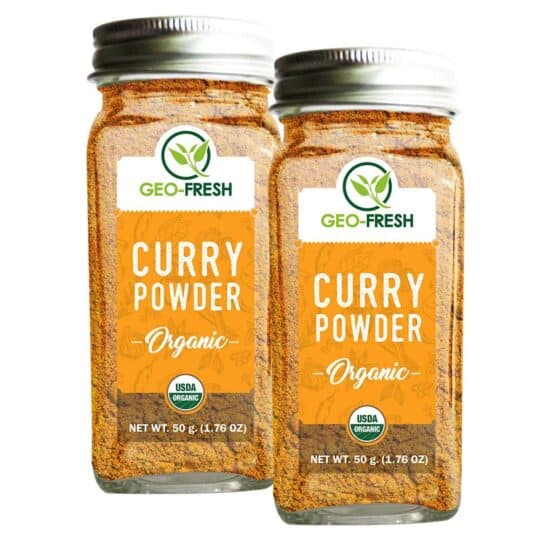
Curry powder can be a befitting substitute for cumin spice in your recipe since cumin is typically found in curry powder blends; thus, they can be a good replacement.
Curry powders come in a variety of flavors. They usually include about 20 ground herbs and spices, including ground ginger, cardamom, turmeric, coriander, fenugreek, black pepper, and cinnamon, in addition to cumin.
Combined spices provide a warm, aromatic blend with a deep yellow hue when these spices are combined. Notably, curry powder adds additional tastes to the dish you are cooking.
In several Indonesian and Malaysian dishes, curry powder is an excellent cumin spice replacement in recipes. Keep in mind that the turmeric in it will turn your food an eye-catching yellow color.
Chili powder
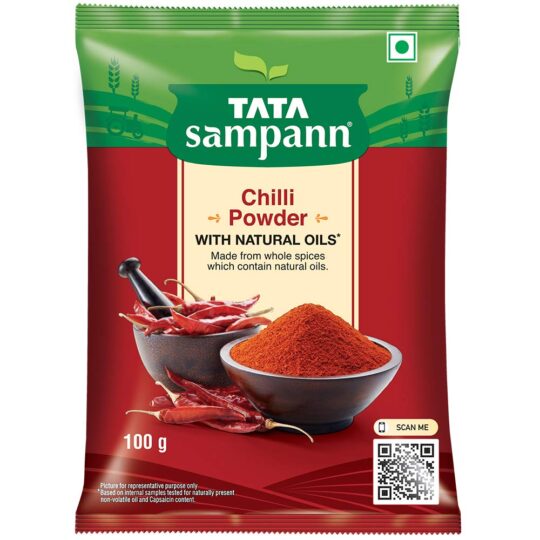
Chili powder is another reasonable and suitable replacement, as cumin is one of the key ingredients in some versions of chili powder.
Notably, it would help if you kept in mind that the mix may also contain paprika, garlic powder, oregano, powdered cayenne, and onion powder so that chili powder will give your dish some extra richness.
If you’re creating a dish like pinto beans, this substitution works well, but it may clash with the flavors in other foods, such as Indian curries.
Another consideration is that chili powder contains paprika and cayenne so that it may give your meal a more scarlet tint.
To efficiently utilize this substitution, use half the cumin recommended in the recipe.
Fennel seeds
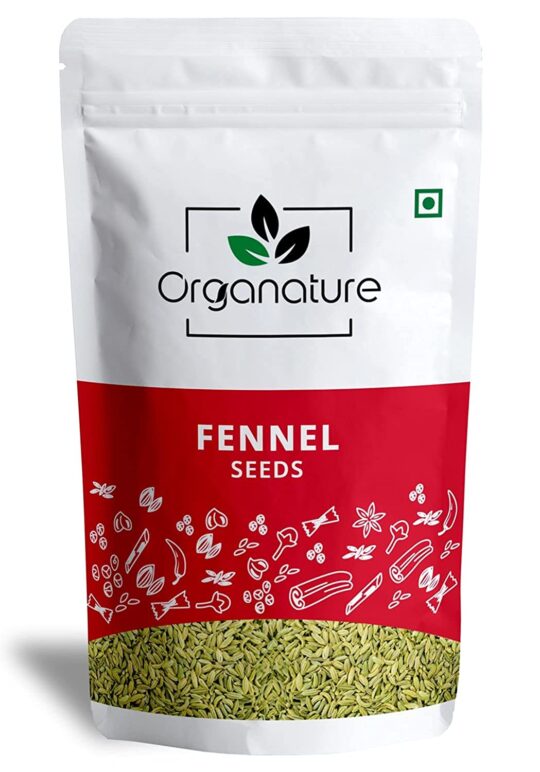
Fennel seeds are a wonderful substitute for cumin, considering they are another member of the parsley family,
Though fennel seeds, unlike cumin, have an anise-like, licorice flavor. Therefore, they won’t have the same smokiness and earthiness as cumin, but they’ll suffice when you’re short on time.
Ground fennel can be used in place of ground cumin, and fennel seeds can be used in cumin seeds. Remember that you may prepare ground fennel by pulverizing fennel seeds in a coffee grinder or food processor for a few seconds.
To fully utilize this substitution, begin with half the cumin called for in the recipe, then a pinch at a time, fold in the spice to taste.
You may consider adding a sprinkle of coriander if you miss the smoky flavor that cumin spice offers.
Frequently asked questions (FAQs)
Is turmeric the source of cumin?
Turmeric is a root from the Curcuma longa flowering plant, the ginger family, and Curcumin is a spice component that is sometimes confused with cumin. On the other hand, the Cumin seed comes from the Cuminumcyminum plant and is different.
What is the role of cumin in dishes?
Cumin is a must-have ingredient in Indian curries and chutneys. Rice dishes, stews, soups, bread, pickles, barbecue sauces, and chili con carne recipes benefit from the spice. When cooking with cumin, it’s better to go easy on it because the taste may easily overpower a meal. More can easily be added later.
What is the best way to use cumin powder?
Cumin powder can be used in various ways in the kitchen. You can use it in stir-fries, curries, soups, salads, chaats, and other foods, and this is best used near the end of the cooking process in stir-fries and soups.
It pairs well with coriander powder or garam masala in curries.
Conclusion
Cumin spice is an earthy and fragrant spice that gives citrusy undertones. But if you’re in a hurry and you don’t seem to have any cumin spice at home, there are some excellent options that you can easily consider replacing in your recipe.
Therefore, if you don’t have cumin on hand, these fine cumin spice substitutions will ensure that your food tastes just as good.
